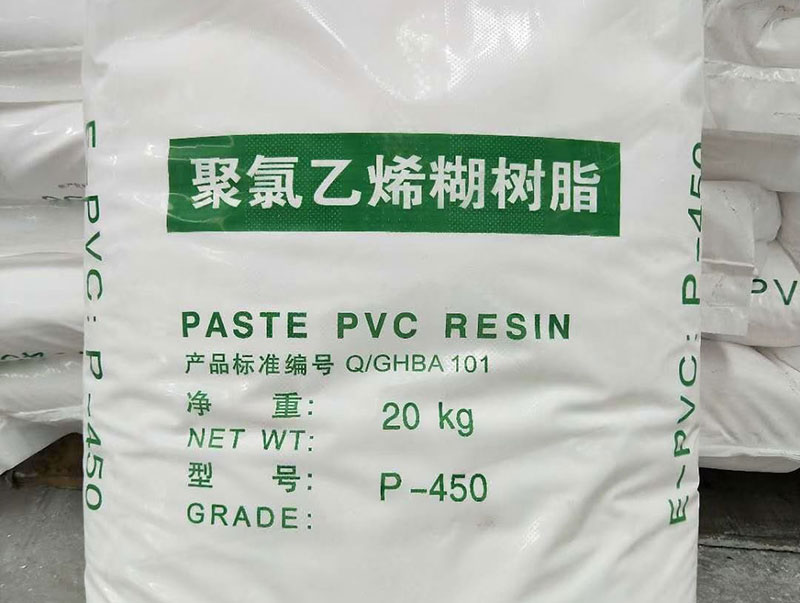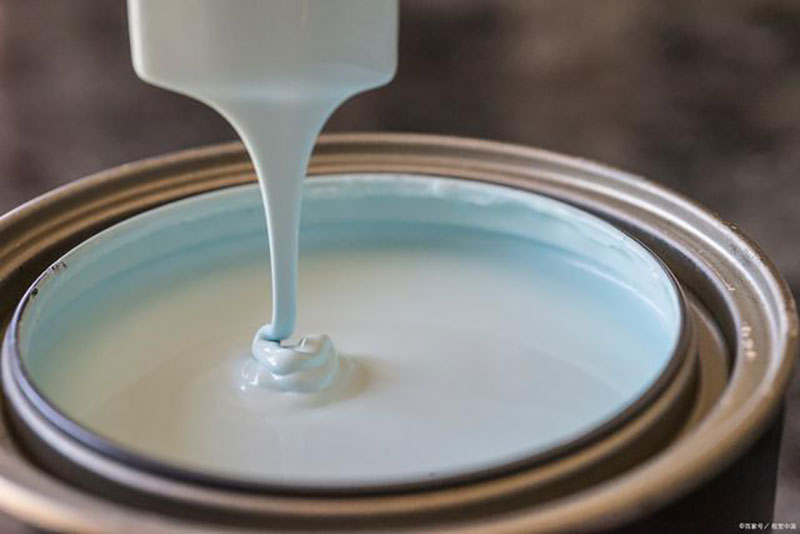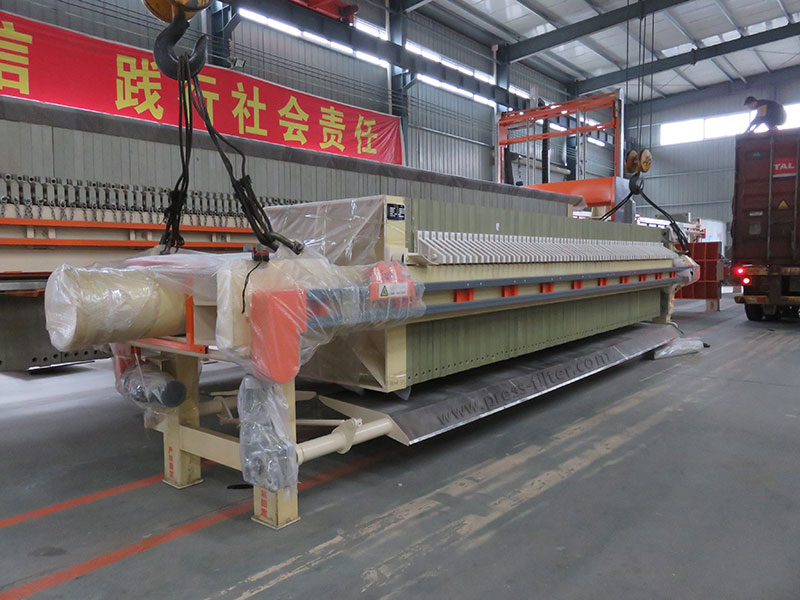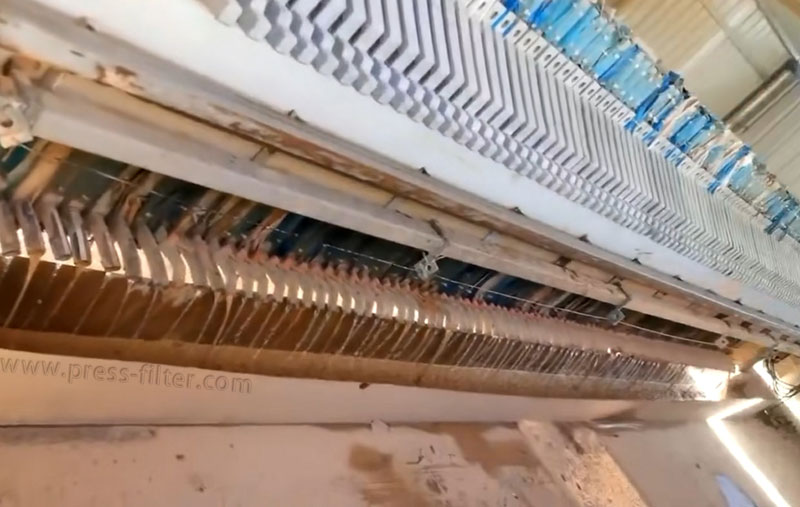Application of Filter Press in Treatment of Paste PVC Resin Wastewater
Paste PVC resin wastewater is mainly generated during the production and processing of paste resin. Paste PVC resin is a polymer material commonly used in coatings, adhesives, printing inks, and textile processing. A large amount of wastewater will be generated during its production and application. Since the diameter of paste resin latex particles in the wastewater is ≤10μm and there are residual emulsifiers, it is difficult to separate water and solid particles. It cannot be treated by conventional static sedimentation, filtration, and other methods. In addition, the COD concentration is high, and organic matter cannot be completely degraded by biochemical treatment. Therefore, according to the composition of the wastewater, flocculation sedimentation, filter press, secondary treatment of clean water, and other technologies should be adopted to treat the wastewater.

Difficulties in Treating Paste PVC Resin Wastewater
The difficulty in treating paste resin wastewater is that the presence of an emulsifier makes it difficult to separate the resin latex and liquid. The tiny suspended matter and colloid in the wastewater can maintain a dispersed and suspended state for a long time and have stability. Generally, colloidal particles are charged, and the surface adsorbs ions with positive charges. Due to the electrostatic attraction of the potential ions, ions with counter charges are adsorbed around them to form a “double electric layer.” The outermost ions have a tendency to diffuse into the water to form a diffusion layer due to the weak electrostatic attraction. There is a potential difference between the colloidal particles and the diffusion layer, so the colloidal particles cannot condense with each other and maintain a stable dispersed state for a long time. Eliminating or reducing this potential can cause the particles to collide and aggregate.
In order to separate the resin latex and the liquid, flocculants are added to the system to destroy its stable state. Common flocculants include inorganic flocculants such as aluminum sulfate, aluminum chloride, ferric chloride, ferrous sulfate, alum, and high molecular flocculants such as polyacrylamide (cationic, anionic, non-ionic).

Wastewater Treatment Process
In the process of treating the paste resin wastewater, aluminum sulfate is selected as the main flocculant. In order to enhance the flocculation effect and make the formed floccules easy to filter by the filter press, polyacrylamide is selected as the auxiliary flocculant.
Wastewater is concentrated in the wastewater collection tank, stirred first, and then pumped to the concentration tank. Aluminum sulfate, sodium hydroxide, and polyacrylamide are added to the concentration tank. After stirring and settling for 3 hours, the upper clear liquid is pumped out. On the other hand, the precipitate is partially dehydrated by a filter press, and the filtered water is recovered into the dehydration tank. The filter cake is shoveled and bagged. At the same time, the water in the dehydration tank is pumped into the wastewater collection tank for further treatment.

Primary treatment effect and deep treatment of paste resin wastewater After preliminary treatment, the paste resin wastewater can achieve the following indicators: pH value 6-9; COD ≤ 300 mg/L; SS ≤ 250 mg/L. The preliminary treatment indicators of paste resin wastewater are close to those of ordinary PVC mother liquor water. In order to continue to reduce the impurity content in the wastewater, the effluent from the primary treatment of paste resin wastewater is discharged into the mother liquor water treatment device for further deep treatment.
Mother liquor treatment process: The wastewater in the regulating tank is pumped to the reaction tank by a lifting pump and then enters the primary sedimentation tank for separation after flocculants are added to the reaction tank. The effluent from the primary sedimentation tank enters the hydrolysis reaction tank for treatment, and the effluent overflows to the contact oxidation tank. The aerobic microorganisms in the contact oxidation tank completely decompose the small molecular organic matter into inorganic matter, and the effluent flows into the clarification tank by gravity. The wastewater is reused to the circulating water tank through the reuse water pump as supplementary water. The sludge is pumped to the concentration tank by the sludge pump, and the mud cake is used externally after filtering by the filter press. The indicators of the wastewater after treatment meet the discharge standards.

Conclusion
In summary, the application of filter press in the treatment of paste resin wastewater can effectively achieve solid-liquid separation, improve wastewater treatment efficiency, and reduce treatment costs. In practical applications, selecting the appropriate filter press model and configuration and performing appropriate pretreatment and maintenance can further optimize the treatment effect and achieve the ideal treatment purpose.

